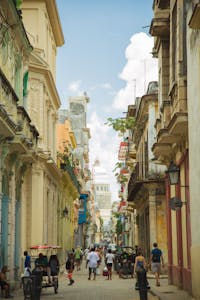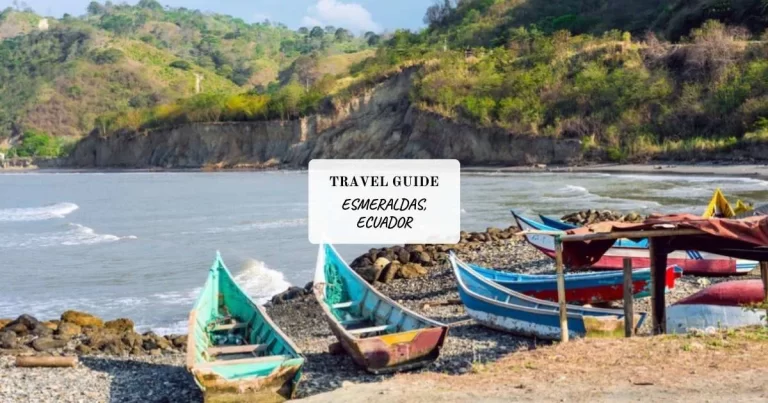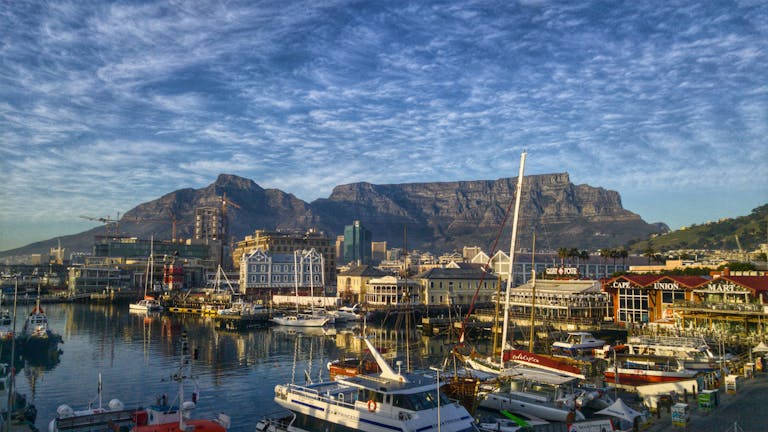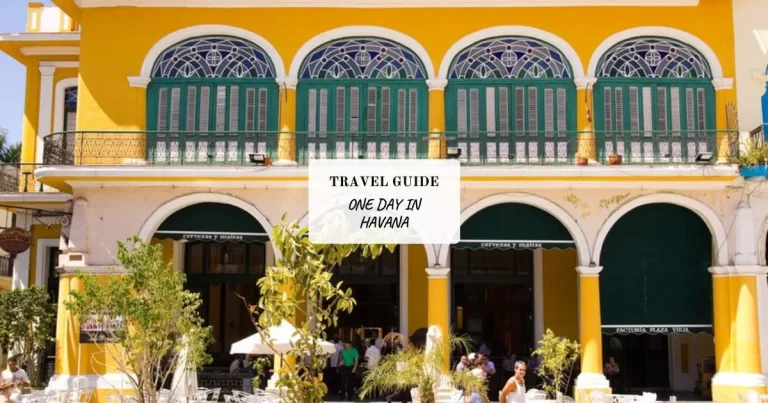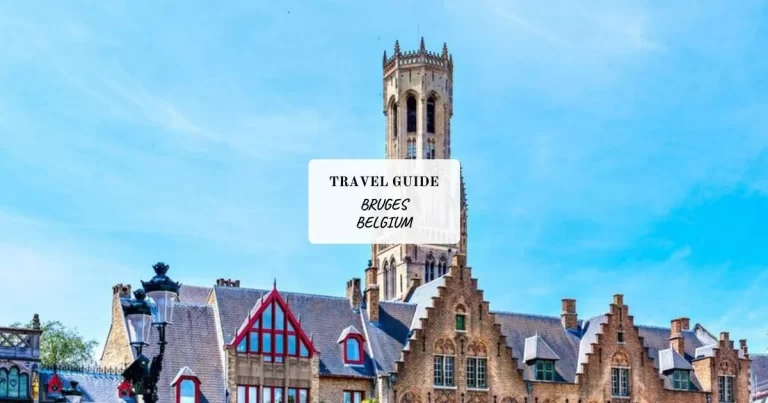Lets Discover What Languages are Spoken in Brazil
Brazil’s linguistic landscape is a vivid tapestry, reflecting the country’s rich cultural diversity. Dominated by Portuguese, the official and national language, Brazil’s linguistic identity has been shaped by historical colonization, indigenous heritage, and waves of immigration, with Portuguese spoken in Brazil being the most prominent.


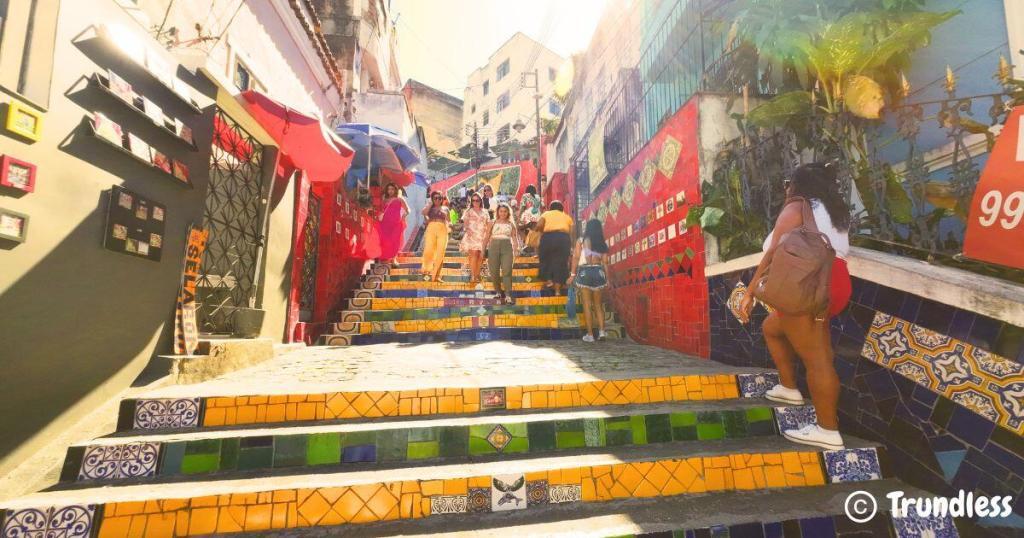
Language serves as a crucial element in defining cultural identity and social cohesion. In Brazil, Portuguese unites over 200 million people across vast and varied regions. Yet, beneath this unifying language lies a multitude of other tongues—each contributing to the nation’s complex cultural mosaic. From indigenous languages like Guarani and Nheengatu to immigrant languages such as German and Italian dialects, Brazil’s linguistic diversity is a testament to its pluralistic society. Source
1. Portuguese: The Language of Brazil
Portuguese is the main language spoken in Brazil, with official status and spoken by the majority of the population. It plays a vital role in government, education, media, and everyday life.
History of Portuguese Colonization and Its Impact on the Language
The Portuguese language in Brazil has its origins in the arrival of Portuguese explorers in 1500. As Brazil was colonized, Portuguese became the dominant language through the imposition of the settlers’ language on indigenous peoples and African slaves. This historical background has shaped Brazilian Portuguese into a distinct variant from European Portuguese.
Role of Portuguese in Government and Education
Portuguese is not only used for communication but also holds importance in governance and education:
- Government Functions: All official documents, laws, and governmental proceedings are conducted in Portuguese.
- Educational Institutions: From primary schools to universities, classes are mostly taught in Portuguese. This ensures that younger generations maintain fluency in the language.
Widespread Usage in Media and Popular Culture
Brazilian Portuguese is prevalent in various forms of media:
- Television: Popular shows like Novelas are broadcasted in Portuguese.
- Music: Genres such as Samba and Bossa Nova often feature lyrics in Brazilian Portuguese.
- Literature: Renowned authors like Jorge Amado have written extensively in Brazilian Portuguese, contributing to its rich literary tradition.
1.1 Brazilian Portuguese vs. European Portuguese
Although Brazilian and European Portuguese share a common origin, they have significant differences:
Pronunciation Characteristics
- Vowel Sounds: Brazilian Portuguese has more open vowel sounds, giving it a melodic quality compared to European Portuguese.
- Syllable Stress: There’s a stronger emphasis on syllable stress in Brazilian pronunciation.
Influence of Indigenous Languages and African Dialects
The vocabulary of Brazilian Portuguese has been enriched by indigenous languages and African dialects:
- Examples:
- Tupi-Guarani: Words like abacaxi (pineapple) and tapioca have Tupi origins.
- African Dialects: Terms such as samba derive from African languages brought by slaves.
Grammatical Differences
There are also minor grammatical differences between these variants:
- Verb Conjugation Patterns:
- In Brazilian Portuguese, there is a preference for using simpler verb forms. For instance, “você” (you) replaces “tu” (you) frequently, impacting verb conjugation.
Understanding these distinctions enhances comprehension for anyone interacting with both forms of the language.
Brazilian Portuguese reflects Brazil’s history and cultural diversity. Its wide usage in various sectors highlights its importance, while its unique features showcase the influence of different languages over time.
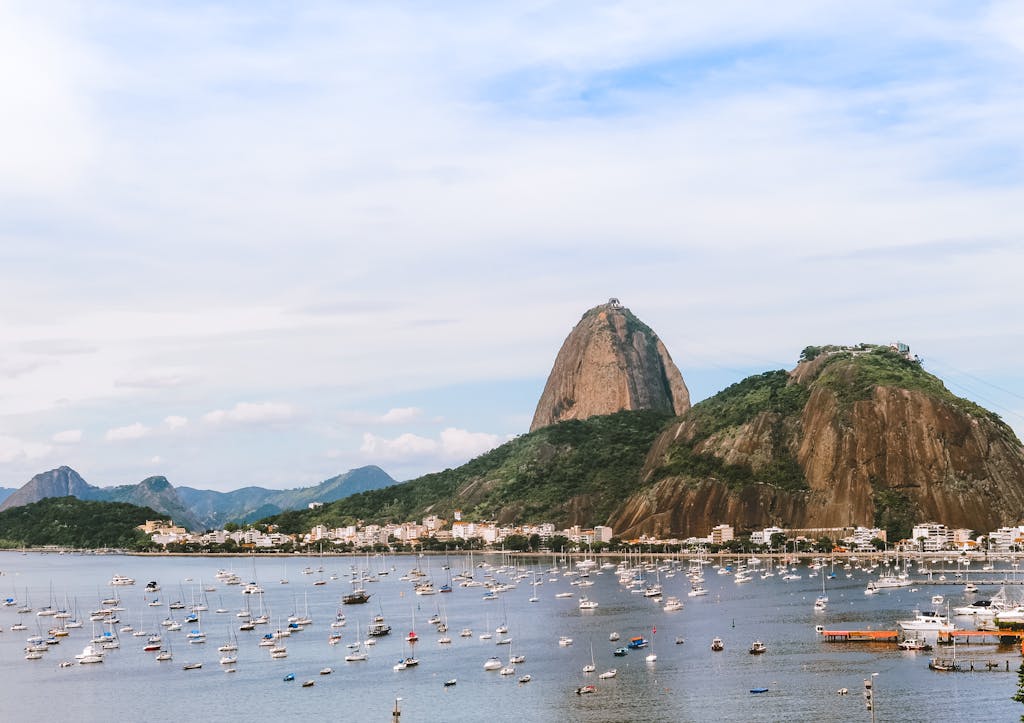
2. Indigenous Languages: Preserving Brazil’s Cultural Heritage
Brazil has a wide range of indigenous languages, with 274 recognized languages spoken in different parts of the country. These languages are an essential part of the cultural heritage and identity of indigenous communities.
Diverse Indigenous Languages
Brazil is home to many indigenous languages, each with its own unique features and cultural significance. Some well-known languages include:
- Guarani: Mostly spoken in the southern regions, Guarani is culturally significant among the Guarani people.
- Nheengatu: Also known as Lingua Geral Amazônica, Nheengatu is spoken in the Amazon basin and has historical importance as a common language during colonial times, reflecting the second most widely spoken language in Brazil.
These languages represent the diverse traditions, knowledge systems, and perspectives of various indigenous groups.
Decline and Revitalization Efforts
Several factors have led to the decline of indigenous languages in Brazil:
- Colonial Impact: Portuguese colonization marginalized indigenous languages.
- Urbanization: Migration to cities often leads to a shift towards Portuguese for economic reasons.
- Education Policies: In the past, education policies favored Portuguese over indigenous languages, contributing to their decline.
Efforts to revive endangered indigenous languages are ongoing. Initiatives include:
- Community-led Initiatives: Indigenous groups promoting language use through cultural events and media.
- Bilingual Education Programs: Schools in indigenous territories that teach both Portuguese and native languages.
- Documentation Projects: Linguists working with communities to record and preserve these languages.
Notable Indigenous Languages
Guarani and Nheengatu are particularly significant due to their widespread influence:
- Guarani: Besides Brazil, Guarani is an official language in Paraguay. In Brazil, it continues to be an important part of cultural practices such as storytelling and rituals.
- Nheengatu: Once widely spoken across the Amazon region, Nheengatu is still used in some communities. Efforts to preserve it include teaching it in schools and using it in community radio broadcasts.
These indigenous languages are more than just tools for communication; they carry the history, spirituality, and shared experiences of their speakers. Preserving them is crucial for maintaining the cultural diversity that defines Brazil.
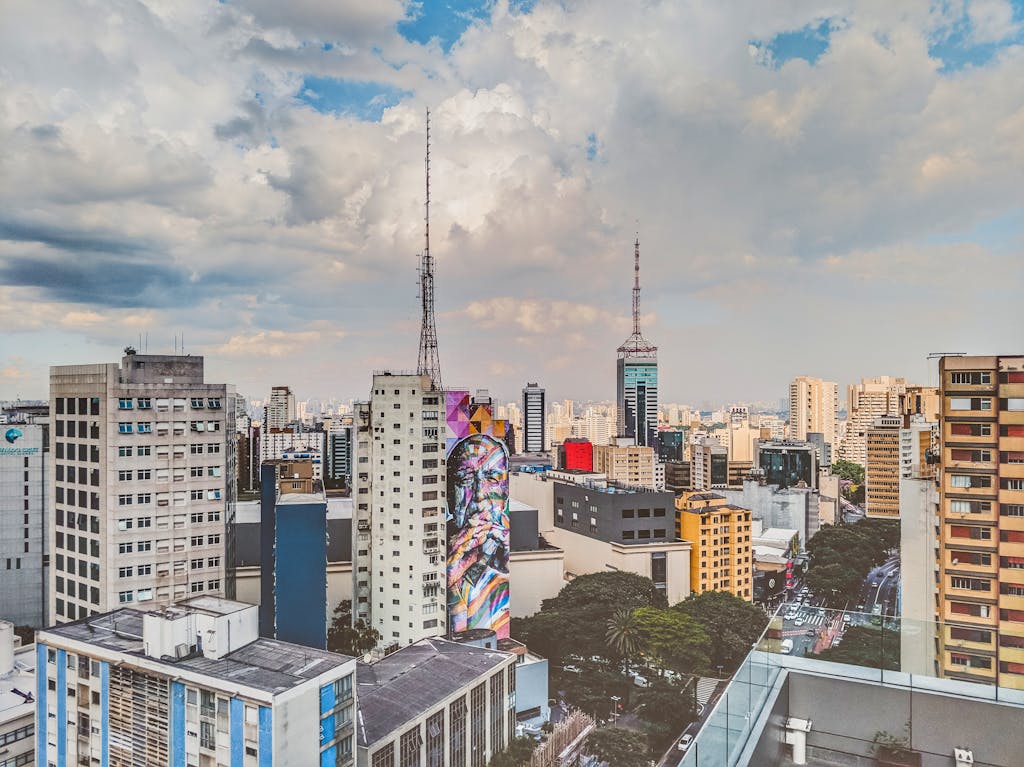
3. The Influence of Immigration on Brazilian Language
European immigration has significantly shaped Brazil’s linguistic landscape. The influx of immigrants, particularly from Germany and Italy, brought with it a variety of languages and dialects that have left a lasting mark on Brazilian culture, making it a hub of linguistic diversity alongside Portuguese spoken in Brazil.
Impact of European Immigration
German Influence
German immigrants began arriving in Brazil in the early 19th century. They settled primarily in the southern regions, such as Rio Grande do Sul, Santa Catarina, and Paraná. This led to the establishment of German-speaking communities where languages like Hunsrik and Pomeranian are still spoken today.
Example: In towns like Blumenau and Pomerode, you can hear German being spoken in daily interactions, and local schools often offer bilingual education programs.
Italian Influence
Italian immigrants followed closely behind, arriving in large numbers during the late 19th and early 20th centuries. They predominantly settled in São Paulo and the southern state of Rio Grande do Sul. The Italian dialects brought by these immigrants have morphed into unique regional variants over time.
Example: In cities like Caxias do Sul and Bento Gonçalves, you will find a strong Italian cultural presence, with festivals celebrating Italian heritage and language courses teaching local dialects.
Legacy in Local Culture
- Cultural Festivals: Both German and Italian influences are celebrated through numerous cultural events. Oktoberfest in Blumenau is one of the largest outside Germany, while Festa da Uva in Caxias do Sul commemorates Italian heritage with food, music, and traditional costumes.
- Cuisine: Immigrant languages have also left their mark on Brazilian cuisine. German-style sausages (linguiça) and Italian pasta dishes (macarronada) are staples in many Brazilian households.
- Education: Bilingual education initiatives help preserve these immigrant languages. Schools in certain regions offer curricula in both Portuguese and the local immigrant language, ensuring that younger generations continue to learn about their linguistic heritage.
By understanding these influences, you gain insight into how immigration has enriched Brazil’s linguistic tapestry. This unique blend highlights not only the country’s diverse cultural history but also its ongoing efforts to preserve this rich heritage.
4. Multilingualism and Language Contact: The Case of Spanish in Brazil
Spanish holds a unique position within Brazil’s linguistic landscape. While Portuguese is the dominant language, approximately 4% of the Brazilian population speaks Spanish. This minority status of Spanish is primarily due to Brazil’s geographical proximity to Spanish-speaking countries.
Factors Contributing to Language Contact
Several factors foster a close relationship between Portuguese and Spanish in Brazil:
- Cross-Border Trade and Tourism: Brazil shares borders with several Spanish-speaking countries, including Argentina, Paraguay, and Uruguay. Cross-border trade significantly influences language contact, promoting bilingualism among those involved in commerce.
- Cultural Exchange: Tourism and cultural exchanges between Brazil and its neighboring countries also drive the use of Spanish, which complements the Portuguese spoken in Brazil. Popular tourist destinations such as Rio de Janeiro and São Paulo attract numerous Spanish-speaking visitors, necessitating a practical understanding of the language.
Linguistic Similarities
Portuguese and Spanish share many linguistic similarities due to their Latin roots. This similarity facilitates communication and learning for speakers of either language. Key areas where these languages intersect include:
- Vocabulary: Many words in Portuguese and Spanish are cognates, meaning they have similar forms and meanings. For instance, the word for “house” is “casa” in both languages.
- Grammar: Although there are differences, the grammatical structures of Portuguese and Spanish exhibit parallels that ease the learning process for bilingual individuals.
Educational Influence
Brazilian schools increasingly offer Spanish as a second language. Recognizing its importance in fostering regional cooperation, Brazil is the largest country in South America with a diverse linguistic landscape. Learning Spanish equips students with essential skills for participating in South American economic activities.
Spanish serves not only as a medium of communication but also as a bridge between cultures. Its presence in Brazil underscores the country’s dynamic linguistic environment, shaped by historical ties and contemporary interactions with neighboring nations.
The influence of immigration on Brazilian language further enriches this multifaceted linguistic landscape…
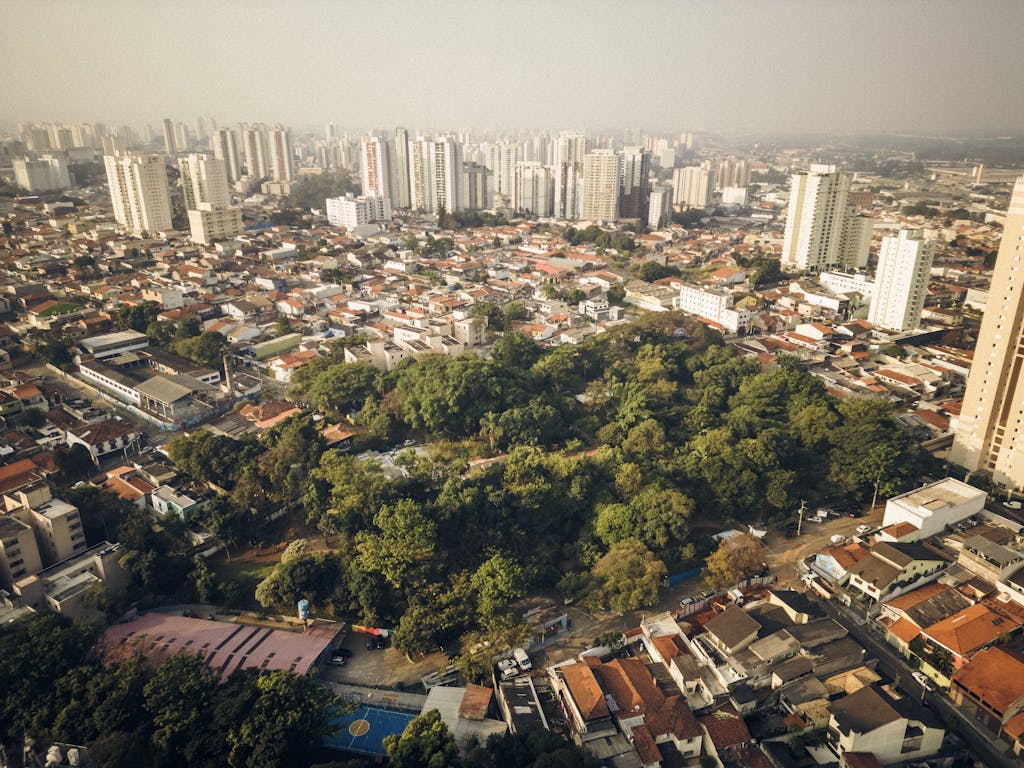
The Dynamic Relationship Between Language, Culture, and Identity in Brazil
Language in Brazil is more than just a way to communicate; it reflects the social structure and cultural identity of the country. How people speak can often show the hidden hierarchies and inequalities in society, particularly among Brazilians of different linguistic backgrounds. Here are some examples:
- Regional Accents: People from certain areas or with specific accents may be seen differently, which can affect how they interact socially and what opportunities they have.
- Education Level: Being fluent in standard Brazilian Portuguese is often connected to having access to education and a higher social status.
Brazilian society values its diverse languages and has many cultural events and projects dedicated to preserving endangered languages. These activities emphasize the importance of protecting Brazil’s cultural heritage:
- Cultural Festivals: Celebrations like the Festa do Divino or Boi Bumbá highlight local dialects and traditional languages, promoting pride in regional identities.
- Language Preservation Programs. Efforts such as safeguarding the Guarani language or educational initiatives that support indigenous languages show a commitment to keeping linguistic diversity alive in Brazil, where Portuguese is the widely spoken language.
This complex connection between language, culture, and identity shows how crucial language is in understanding Brazilian society. By celebrating this diversity through cultural events, we not only preserve our linguistic heritage but also strengthen our nation by recognizing and valuing every person’s voice.
Conclusion and other Insights
Portuguese is Brazil’s official language, with 217 indigenous languages are spoken as minority languages. While Brazil is not a Spanish-speaking country, Spanish language is the most frequently learned foreign language. Interestingly, German is the second most spoken language in some regions, with Brazilian German and Talian dialects prevalent in certain areas. Although Portuguese spoken in Portugal and Brazil have some differences, they remain mutually intelligible, similar to British English variants. Brazilians speak a distinct dialect spoken in Brazil, which evolved after Portuguese colonizers settled in Brazil. It’s worth noting that before colonization, Brazil was inhabited by indigenous peoples, and indigenous languages existed in Brazil long before European contact. Today, some municipalities, like São Gabriel da Cachoeira in Northern Brazil, recognize indigenous languages as co-official language alongside Portuguese.

